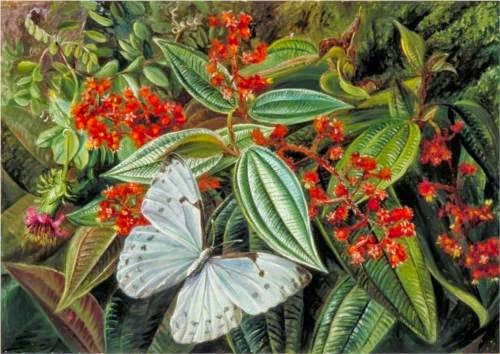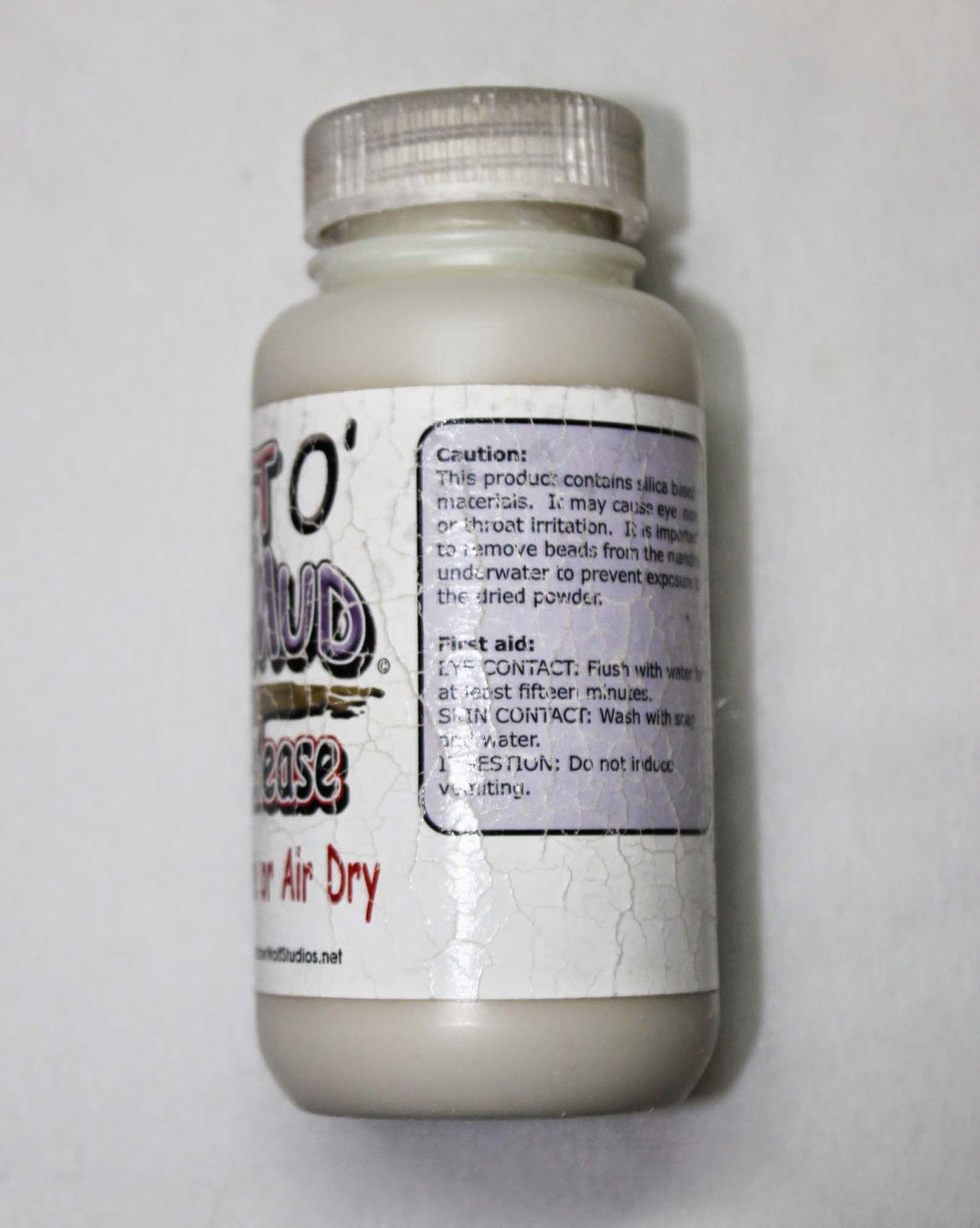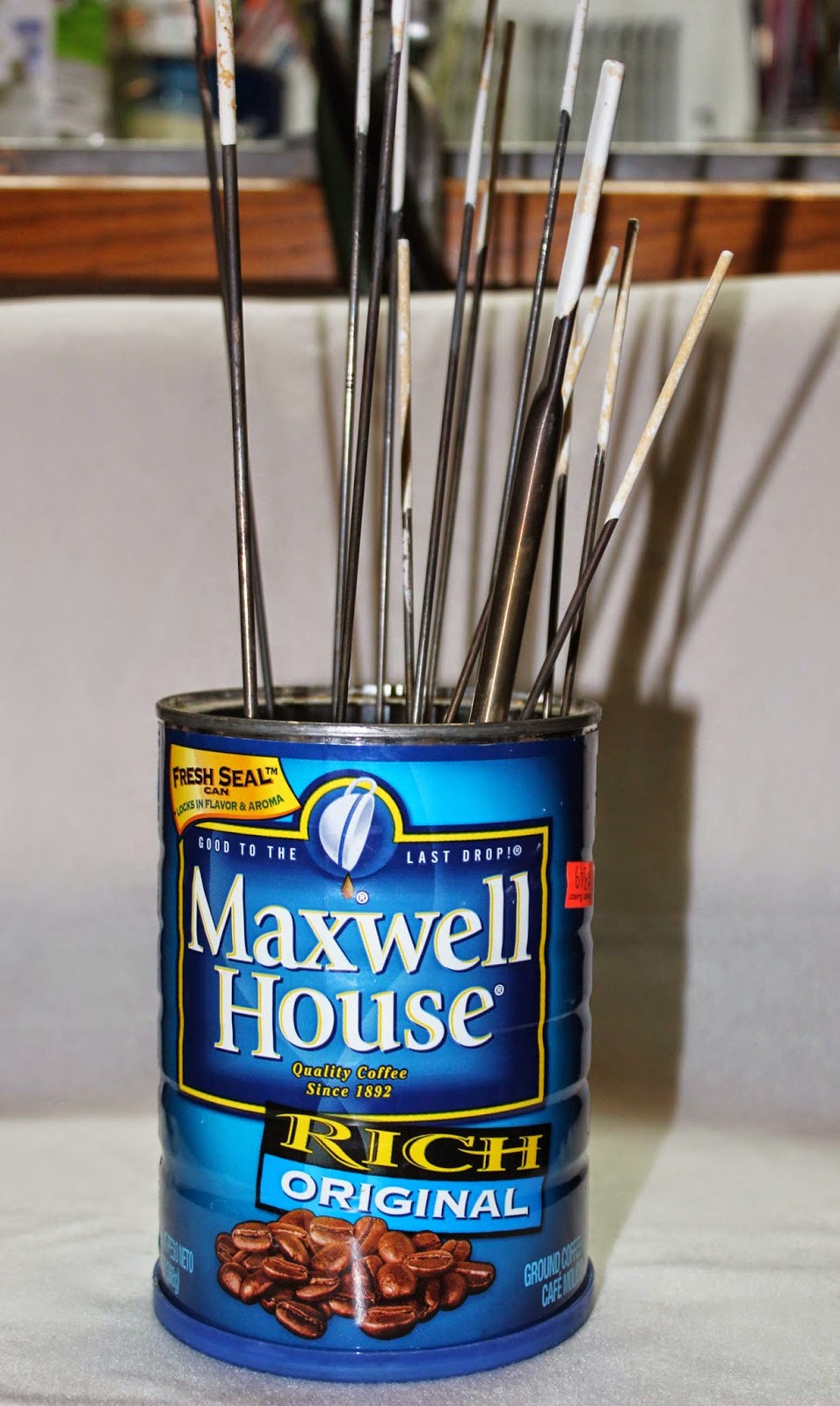photo from my
Pinterest High Line Board courtesy of the New York Times
When I first heard about the High Line walking trail in New York City which was built on the remains of the elevated railroad that delivered goods to the meat packing district and other industries on the lower west side of New York City, I was so intrigued that I purchased a
book about it and later visited the High Line in person.
I just love the way the railroad tracks, and the plants are growing through the walking surface. I was inspired. I wanted to turn this beautiful idea, this urban reclamation project, into a piece of jewelry.
photo from my early April visit to the High Line--plants just beginning to grow Mary Harding Photo
close up of plants growing in spaces allotted to them between the walkway planks Mary Harding photo
I originally tired to make my piece an art bead from ceramic clay but felt it was too fragile to wear well.
ceramic art bead inspired by the High Line Mary Harding
It was quite awhile later that I realized that I could use leather and display the art beads that way. After quite a bit of trial and error my High Line inspired bracelet was born.
Now for the tutorial. Some pictures of the bracelet in this tutorial are different from the one above due to the one of a kind nature of this project
Materials
Leather wrist band 3/4 inches wide by 9 inches long ( purchased in a package from Michaels)
Ultrasuede brown 2 inch x 8 inch piece
E6000 glue
Felting Needles
Holder for felting needle (optional)
Fiber for felting:
wool roving
sari silk fabric and yarn
designer yarn
Felting brush, upholstery sponge (Joann Fabrics) or a thick household sponge ( to felt on)
Waxed linen for attaching the art beads
size 11 beading needle
Fire Line beading thread
several size 8 or 11 seed beads
small flat chisel
2 small disc shaped spacer beads silver color (Joann Fabrics)
Art Beads and charms
Round disks by
Outwest
Sun shaped charms by
Mary Harding
Small Bead caps by
Mary Harding
Sources for Materials
Leather wrist bands Michaels
Fiber Etsy shops
Ultra Suede Etsy shops
( I had the ultra suede, fibers and felting needles on hand but I checked out Etsy and found all of them there)
Directions
1. I used a simple, inexpensive, 3/4 inch wide leather wrist band.
2. To simulate the feel of the High Line plants growing in spaces between the walking planks, I cut a channel out in the center of the leather wrist band.
3. The channel is about 3/16 inches wide. That seems to be a good width but it could be a little wider but not much or the leather that is left will wobble and stretch out of shape.
4. I used a mat knife and a wooden template ( 5 1/2 inches long by 7/16 inches wide) to cut the channel. Cut on the outside of the cuff. Mark the end of the cuts with pencil. Leather is very absorbent and marks are very difficult to remove. Place the template on the edge of the wristband and cut the length of it. Flip the template over and align it with the other edge of the bracelet and cut. Use a small flat chisel to cut out the two flat ends. You will be left with a channel 3/16" wide.
Caution: The wrist band leather is difficult to cut and mat knives are very sharp. Be very aware of where your fingers are at all times. If want to try this project and are not comfortable cutting the leather,
email me and I will send you a pre-cut wristband for a nominal charge.
5.Glue a piece of the ultra suede to the inside of the bracelet over the channel of leather you have removed using the E6000 glue. This piece of ultra suede should measure 61/2" x 1/2 inch. It functions as the material we will be needle felting into.
Press down the ultra suede backing firmly and weight with several heavy books or other objects to get a good bond. On a hot day it will be ready to work with in about 4-5 hours. Otherwise let it dry overnight.
7. Once your backing is dry you can begin the needle felting. Felting needles are very sharp and fragile. Don't force them through your fibers. It it a good idea to poke at a diagonal if poking straight down causes resistance. Go slowly. You can also get a holder for your needle. What follow is a series of pictures and comments illustrating how the needle felting was done. If you feel you need more information on needle felting, I checked out YouTube and found a video that might be helpful:
Needle Felting for Beginners
https://www.youtube.com/watch?v=fU6tihDWHhQ
Photos

Laying out a background color poke the needle into the roving and through the background. You will be doing this on a sponge or a felting brush.
Adding in the first shape/flower --wad up some fiber and jab it with the felting needle. You can wrap the yarn around the shape and jab it to help shape the flower.
Adding a charm: attach a string of waxed line to the charm
Then lay the string in the channel
Cover the string with a piece of the sari silk yarn and needle felt it so that it attaches to the backing and catches the waxed linen string as well.

Add some addition yarn and background color roving and continue felting. The felting brush is illustrated in this photo as well as the needle being jabbed in on the diagonal.
Adding a new flower/shape: wad up some roving and twist it into a round shape and jab and poke with the felting needle until you get the shape you like
Add a second color to your orange flower by cutting off a piece of yarn or wadding up a strand of wool. Then continue adding and felting the background and adding new shapes and colors until your channel is complete
You can add a second color to your background color by simply laying a strand of the roving over the background and needle felting it it to the backing by jabbing and poking the needle into it. You can take care of stray fibers by folding them over onto the roving and using a diagonal needle stroke to get them attached.
Once you think your channel looks good, you can add the disk beads and the bead caps by using Fire Line beading thread and several size 11 or 8 seed beads. Secure your beading thread by making several stitches in the ultra suede backing and then making a slip knot.
Then direct your needle up through the backing and needle felted material and add the disk bead, a spacer and a seed beads. Adjust and make sure they are they way you want them, and then go back through the spacer, disk bead and backing. Repeat a couple of times to secure the beads. Tie off with a slip knot and several stitches and another slip knot. Use the same method for the bead cap.
Once you are all finished you will want to put an ultra suede backing over the fuzzy fibers on your original backing. Cut a piece of ultra suede a bit larger than the original backing and glue over it.
Now your bracelet is ready to wear!!!
If you find that the bracelet is too large you can cut off the extra snap and round the end. Any roughness can be sanded off with a fine gauge sanding block from Ace Hardware.
I hope you have enjoyed this visit to New York City's park in the sky and the bracelet it inspired me to make. Thanks so much for stopping by.




























































